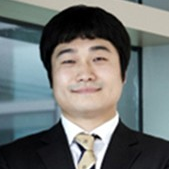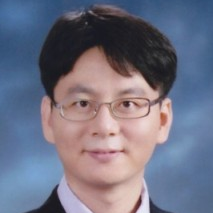Novel Advances in Optical Micro- and Nano-Cavities
A special issue of Applied Sciences (ISSN 2076-3417). This special issue belongs to the section "Optics and Lasers".
Deadline for manuscript submissions: closed (28 February 2019) | Viewed by 21872
Special Issue Editors
Interests: photonic crystal; surface plasmon; metamaterials; single photon sources
Interests: dielectric photonic structures underlying two-dimensional periodicity or quasi-periodicity; meta-materials based on metallic subwavelength geometry
Special Issue Information
Dear Colleagues,
Optical cavities are important key elements of nanophotonic technologies because of their versatile functionalities. Recently, based on the cutting-edge fabrication technologies, various optical micro- and nano-cavities have been realized in photonic crystals, plasmonic structures, whispering-gallery mode cavities, metal cladding cavities, metamaterials, etc. In particular, the strong light confinement of the optical micro- and nano-cavities in the wavelength/sub-wavelength region provides unprecedented abilities in light controls, strong light-matter interactions, nonlinear interaction, modification of spontaneous emissions, directionality of emitted light.
This Special Issue provides an overview of recent advances from the fundamental theory, novel designs to applications of optical micro- and nano-cavities, including nano/low-threshold lasers, optical modulators/optical switches, single photon sources, light-matter interactions, spontaneous emission controls.
Prof. Soon-Hong KwonProf. Jin-Kyu Yang
Guest Editors
Manuscript Submission Information
Manuscripts should be submitted online at www.mdpi.com by registering and logging in to this website. Once you are registered, click here to go to the submission form. Manuscripts can be submitted until the deadline. All submissions that pass pre-check are peer-reviewed. Accepted papers will be published continuously in the journal (as soon as accepted) and will be listed together on the special issue website. Research articles, review articles as well as short communications are invited. For planned papers, a title and short abstract (about 100 words) can be sent to the Editorial Office for announcement on this website.
Submitted manuscripts should not have been published previously, nor be under consideration for publication elsewhere (except conference proceedings papers). All manuscripts are thoroughly refereed through a single-blind peer-review process. A guide for authors and other relevant information for submission of manuscripts is available on the Instructions for Authors page. Applied Sciences is an international peer-reviewed open access semimonthly journal published by MDPI.
Please visit the Instructions for Authors page before submitting a manuscript. The Article Processing Charge (APC) for publication in this open access journal is 2400 CHF (Swiss Francs). Submitted papers should be well formatted and use good English. Authors may use MDPI's English editing service prior to publication or during author revisions.
Keywords
- Photonic crystal cavities and plasmonic cavities
- Microdisks, microspheres, microrings, and microtoroids
- Metal cladding cavities
- Nanowires, nanoparticles
- Metamaterials
- Novel optical cavities
- Nano-lasers/Low-threshold lasers
- Optical modulators/Optical Switches
- Single photon sources
- Light-matter interactions
- Spontaneous emission controls






